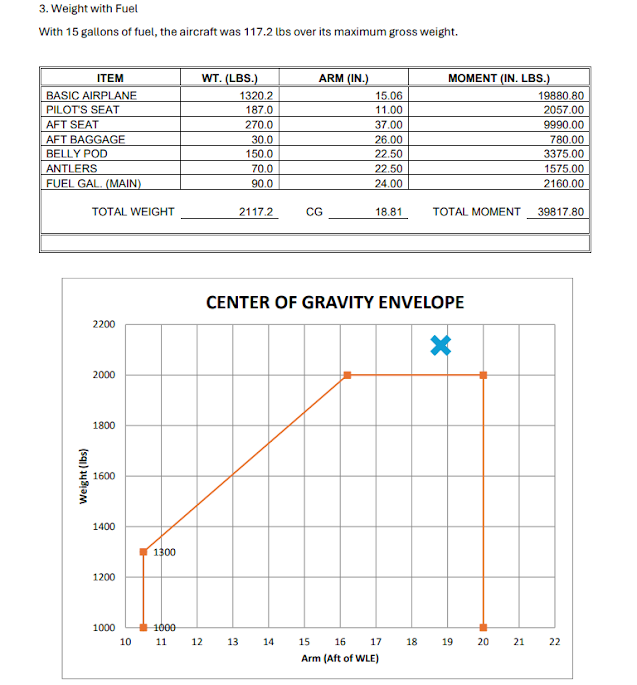- Location: Warren, OH
- Accident Number: ERA25FA246
- Date & Time: June 29, 2025, 06:54 Local
- Registration: N441LS
- Aircraft: Cessna 441
- Injuries: 6 Fatal
- Flight Conducted Under: Part 91: General aviation - Personal
Wednesday, July 23, 2025
Cessna 441 Conquest, N441LS, fatal accident occurred on June 29, 2025, near Youngstown-Warren Regional Airport (YNG/KYNG), Warren, Ohio
MD Helicopters MD 500E (369E), N411WJ, fatal accident occurred on June 25, 2025, near Meeker, Colorado
- Location: Meeker, CO
- Accident Number: WPR25FA190
- Date & Time: June 25, 2025, 10:01 Local
- Registration: N411WJ
- Aircraft: MD HELICOPTERS INC 369E
- Injuries: 1 Fatal
- Flight Conducted Under: Part 91: General aviation - Personal
Low altitude operation/event: Bell 47G-5, N1503L, fatal accident occurred on August 12, 2023, near Mifflinville, Pennsylvania
- Location: Mifflinville, Pennsylvania
- Accident Number: ERA23LA332
- Date & Time: August 12, 2023, 09:50 Local
- Registration: N1503L
- Aircraft: Bell 47G-5
- Aircraft Damage: Destroyed
- Defining Event: Low altitude operation/event
- Injuries: 1 Fatal
- Flight Conducted Under: Part 137: Agricultural
https://data.ntsb.gov/carol-repgen/api/Aviation/ReportMain/GenerateNewestReport/192850/pdf
https://data.ntsb.gov/Docket?ProjectID=192850
On August 12, 2023, about 0950 eastern daylight time, a Bell 47G-5 helicopter, N1503L, was destroyed when it was involved in an accident near Mifflinville, Pennsylvania. The pilot was fatally injured. The helicopter was operated as a Title 14 Code of Federal Regulations Part 137 aerial application flight.
The pilot of the aerial application helicopter departed from a chemical truck staging area to a nearby corn field, where he was performing his eighth application flight of the day. There were no witnesses to the accident and the pilot was fatally injured. The accident site was located near the edge of the cornfield, which was bordered by a road, trees, and a powerline. The helicopter's spray boom and one landing gear skid were separated from the fuselage and found in a tree entangled with the power lines. The helicopter's fuselage, engine, and fuel tanks were consumed by a postimpact fire. Given this information, it is most likely that the helicopter impacted the powerline while maneuvering at low level above the corn field.
The pilot had received training about 13 years before the accident to act as pilot-in-command of aerial application operations. The training program included a skills test to demonstrate safe low-level maneuvering and how to approach the working area to locate obstacles. The extent to which the pilot had conducted a preflight assessment of the corn field for obstacles and was aware of the location of the wires could not be determined.
A postaccident autopsy of the pilot's remains identified cardiovascular disease that would have increased his risk of experiencing a sudden impairing or incapacitating cardiac event, such as arrhythmia, chest pain, or heart attack. The autopsy did not provide specific evidence that such an event occurred; however, such an event would also not leave evidence readily identifiable by an autopsy if it occurred shortly before death. Therefore, whether the pilot was incapacitated to some degree by a cardiac event that preceded the wire strike could not be determined.
- Probable Cause: The pilot's failure to see and avoid powerlines during an aerial application flight.
Loss of control in flight: Piper PA-18-150 Super Cub, N109T, fatal accident occurred on September 12, 2023, near St. Mary's, Alaska
- Location: St. Mary's, Alaska
- Accident Number: ANC23FA074
- Date & Time: September 12, 2023, 20:47 Local
- Registration: N109T
- Aircraft: Piper PA-18-150
- Aircraft Damage: Substantial
- Defining Event: Loss of control in flight
- Injuries: 1 Fatal
- Flight Conducted Under: Part 135: Air taxi & commuter - Non-scheduled











